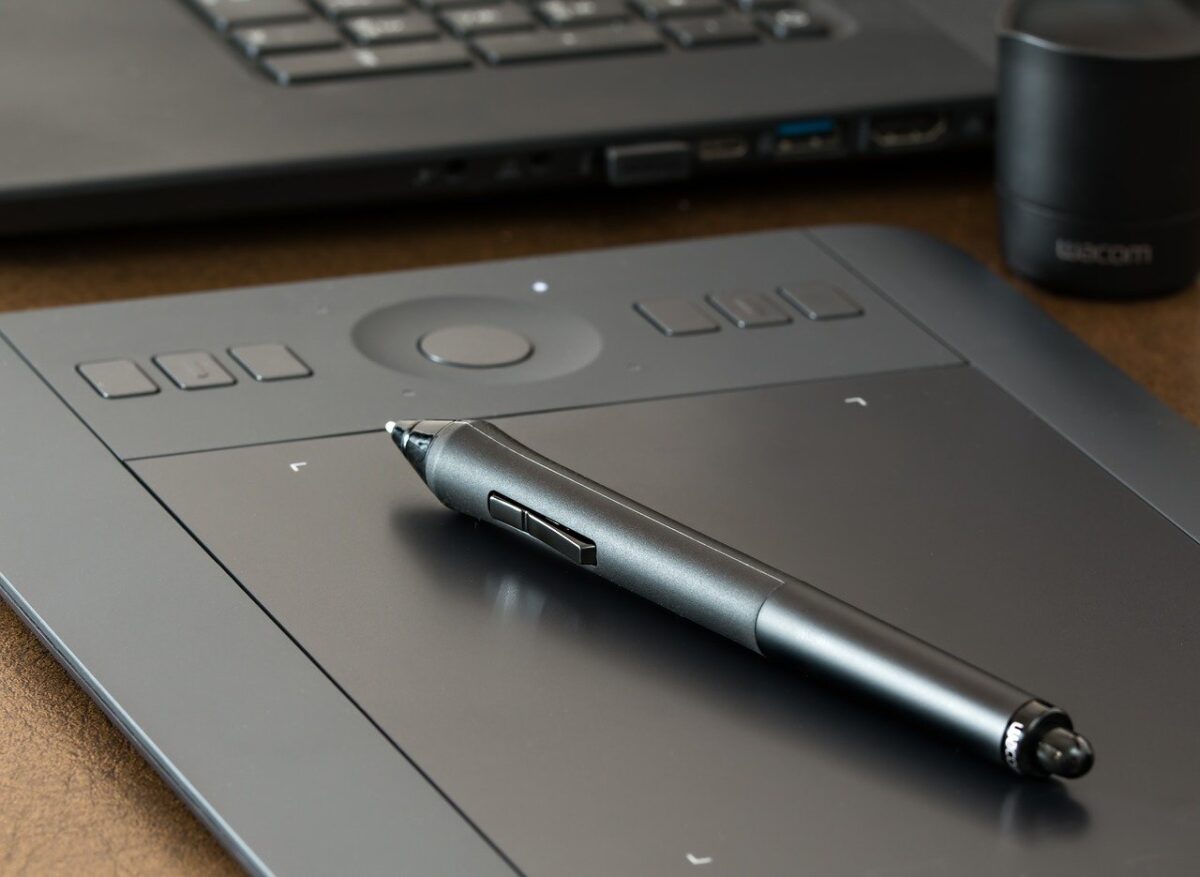
Tips for mastering graphic design
Graphic design is a dynamic and rewarding field that requires both creative and technical skills. Mastering graphic design involves not only understanding the fundamentals but also staying updated with the latest trends and tools. This article provides a comprehensive guide to help you excel in graphic design by focusing on key areas such as software proficiency, creativity, and professional development.
Essential Tips for Excelling in Graphic Design
To become a proficient graphic designer, you need a strong grasp of various elements. Begin with mastering design principles such as balance, contrast, alignment, repetition, and hierarchy. These principles are the foundation of effective design and will help you create visually appealing and functional graphics.
Understanding color theory and typography is also essential. Color theory involves knowing how to use colors harmoniously, understanding color psychology, and being able to create a balanced color palette. Typography, on the other hand, is about choosing the right fonts and understanding how to pair them effectively to convey the desired message.
Mastering Design Software
A key aspect of graphic design is becoming proficient with industry-standard software. Adobe Creative Suite, which includes Photoshop, Illustrator, and InDesign, is widely used by professionals. Learning these tools inside and out can significantly boost your design capabilities.
Photoshop is essential for photo editing, retouching, and creating complex graphics. Illustrator is perfect for vector graphics, logos, and illustrations, while InDesign is used for layout design, such as magazines and brochures.
Here are some tips for mastering design software:
- Take online courses: platforms like Coursera, Udemy, and LinkedIn Learning offer comprehensive tutorials.
- Practice regularly: the more you use the software, the more familiar you will become with its tools and functions.
- Join design communities: participate in forums, attend webinars, and join social media groups to learn from other designers.

Enhancing Creativity and Innovation
Creativity is at the heart of graphic design. To foster creativity, immerse yourself in different forms of art, such as photography, painting, and sculpture. Expose yourself to various design styles and trends to keep your ideas fresh and innovative.
Engage in creative exercises like brainstorming, sketching, and mind mapping to generate new ideas. Collaboration with other designers can also spark creativity, offering new perspectives and insights that you might not have considered.
Building a Strong Portfolio
A well-curated portfolio is essential for showcasing your skills and attracting potential clients or employers. Your portfolio should highlight your best work and demonstrate a range of skills and styles. Include a variety of projects that showcase your ability to work on different types of design, from branding to web design.
Consider these points when building your portfolio:
- Quality over quantity: select your strongest pieces rather than trying to include everything.
- Tell a story: provide context for each project, explaining your design process and the problem you solved.
- Keep it updated: regularly update your portfolio with new work to reflect your current skills and style.
Staying Updated with Trends and Technology
The field of graphic design is constantly evolving, with new trends and technologies emerging regularly. Staying informed about these changes can give you a competitive edge. Follow design blogs, subscribe to industry newsletters, and attend design conferences to stay up-to-date.
Adopting new tools and technologies, such as augmented reality (AR) and virtual reality (VR), can also expand your design capabilities and open up new opportunities.
Networking and Professional Development
Building a strong professional network is crucial for success in graphic design. Attend industry events, join professional organizations, and connect with other designers on social media platforms like LinkedIn and Behance. Networking can lead to job opportunities, collaborations, and valuable feedback on your work.
Continuous learning is also essential. Pursue further education through workshops, certifications, and advanced degrees to enhance your skills and knowledge. Mentorship can be particularly beneficial, providing guidance and support from experienced designers.
Balancing Creativity and Functionality
Effective graphic design balances creativity with functionality. Your designs should not only be visually appealing but also serve their intended purpose effectively. This means understanding the target audience, the message you want to convey, and the medium through which it will be delivered.
Conducting research and gathering feedback are critical steps in this process. Testing your designs with real users can help identify areas for improvement and ensure that your work meets the desired objectives.
Conclusion: achieving Mastery in Graphic Design
Mastering graphic design is a journey that involves continuous learning and adaptation. Focus on honing your skills, staying creative, and building strong professional relationships. By following these tips, you can achieve success and make a significant impact in the world of graphic design.

